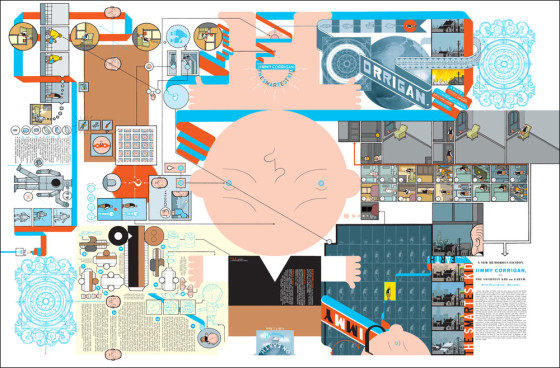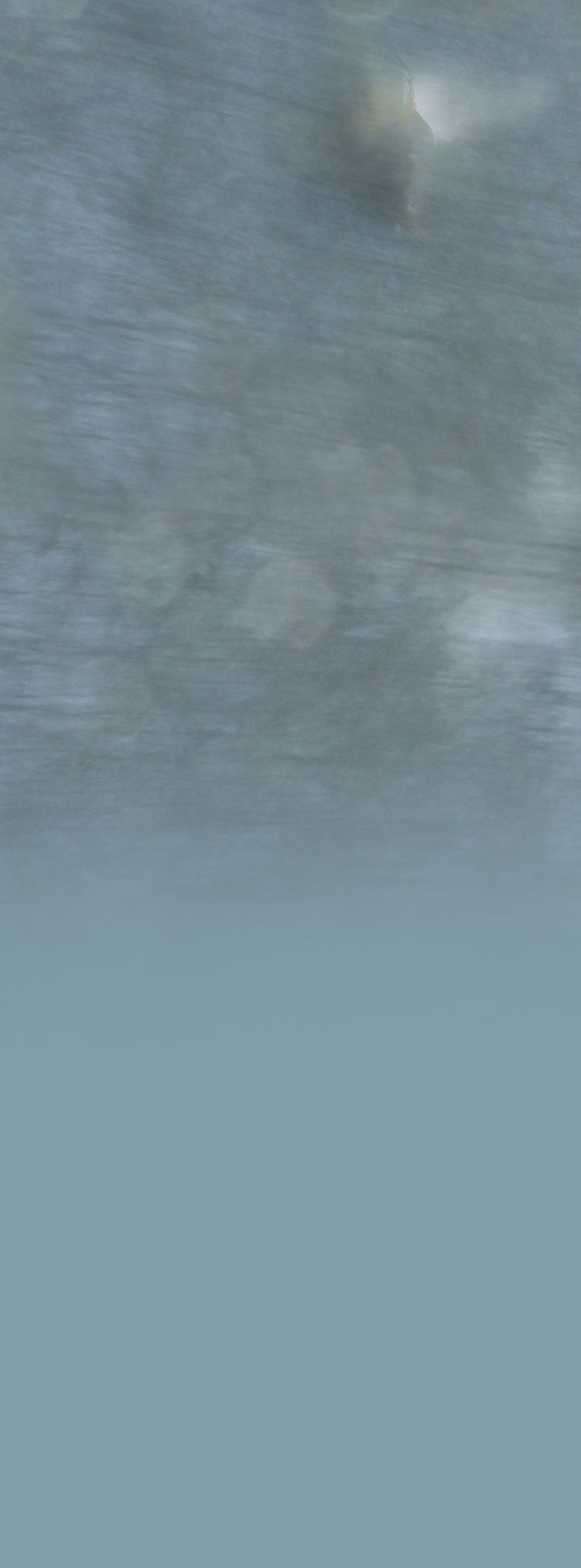The Smartest Comic Artist on Earth
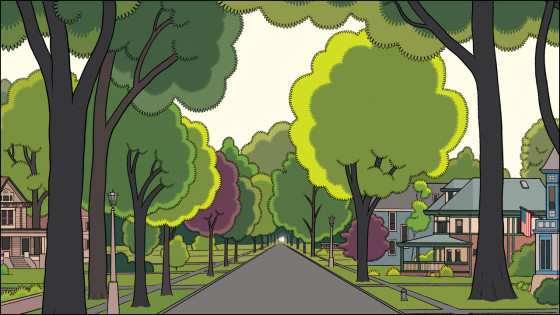
From Building Stories (2012)
It’s a rare thing when someone completely re-shifts our perceptions about what is possible in an art form or medium.
As far as “comics” go, there are many living creators, and have been many in the history of the medium, that have made true art and enlarged the understanding of the form.
Windsor McCay, Charles Schulz, Robert Crumb, Dave McKean, Moebius, Harvey Pekar, Frank King, George Herriman – these are a few off the top of my head, and there are many, many others.
But the name that seems to loom largest at the beginning of the 21st Century is:
Chris Ware

Portrait of Chris Ware by Rama Hughes from a photograph by Noah Sheldon
Through his Acme Novelty Library (begun 1994 – present), Jimmy Corrigan, the Smartest Kid on Earth (2000), Building Stories (2012), and others, Ware has established himself as a blatantly original writer of stories both shocking in the blunt nakedness with which they show human frailty, as well as somehow more familiar than just about anything you’ve seen or read.
The guy is simply a hyper sensitive observer of the myriad, nuanced intricacies of human psychology and existence.
And that’s only the content.
Regarding form, there isn’t a graphic artist alive or in history who has manipulated the medium of combined pictures and text to a more effective and (at times shockingly) original effect.
The guy makes comic store point-of-purchase display racks into museum quality pieces.
If you see the covers of The New Yorker with any regularity, you’ll definitely recognize his signature, clean-line style.
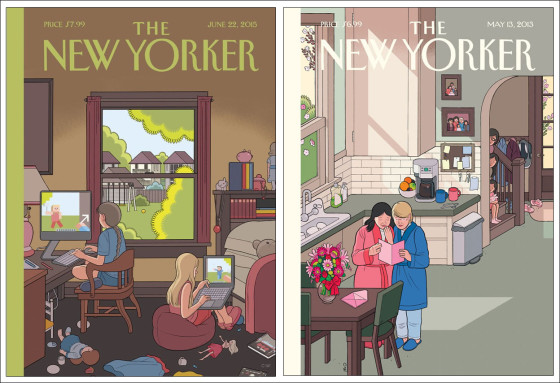
But the homogenized format of a single image magazine cover (even one determined for as culturally “sophisticated” an audience The New Yorker readers) will never come close to the creativity reached in his more personal original stories.
Jimmy Corrigan was easily my favorite work of art, piece of cultural output, or whatever else you want to call it, for a good five years.
Finishing it was one of the saddest art consumption moments of my life.
It became the first recommendation I made to anyone looking for anything. And just about every person who took me up on the suggestion later reported being blown away.
It must be said, for those out there that only like “happy” art, movies etc. this will probably not be for you.
Ware’s universe is tinged with a certain sadness; a kind of disappointed nihilism (seemingly stemming from his own world outlook).
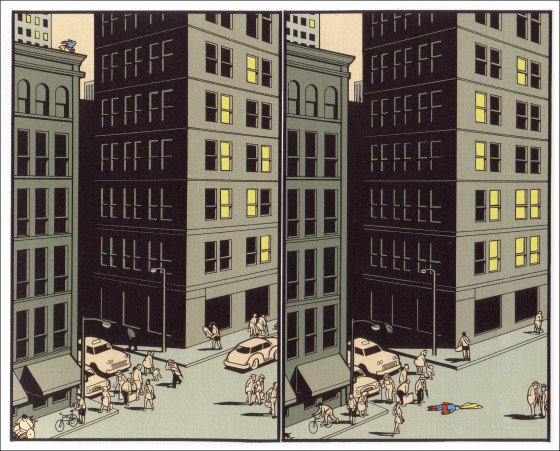
From Jimmy Corrigan, The Smartest Kid On Earth (2000)
But for any and all that resonate with the sometimes darker feelings of life, no one does it better, or more originally.
And this is also not to say at all that there isn’t a great deal of humor in the work. It is poignantly hilarious at moments in the way that the very greatest commentary often is.
So basically, I’d start with Jimmy Corrigan, the Smartest Kid on Earth.
It is not a short book (380 pages), but you will wish it was much, much longer by the time you’re done.
And from there, I highly recommend checking out everything else the guy’s done and will do. He’s one of those.
I hope you’ll enjoy (either way, let me know below),
David
P.S. The book also makes an amazing gift for any thoughtful, intelligent recipient. I’ve given quite a few of them over the years.
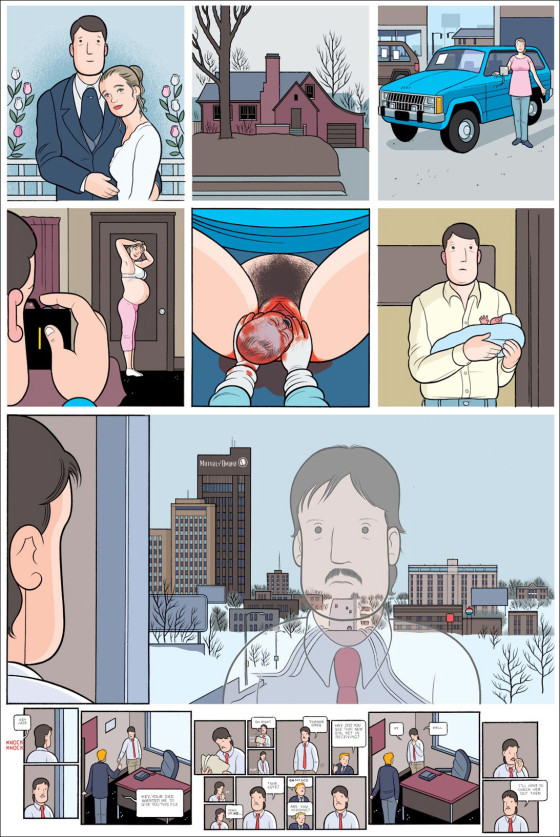
Two spreads from Acme Novelty Library #20 (2010)
There are no comments yet, add one below.











